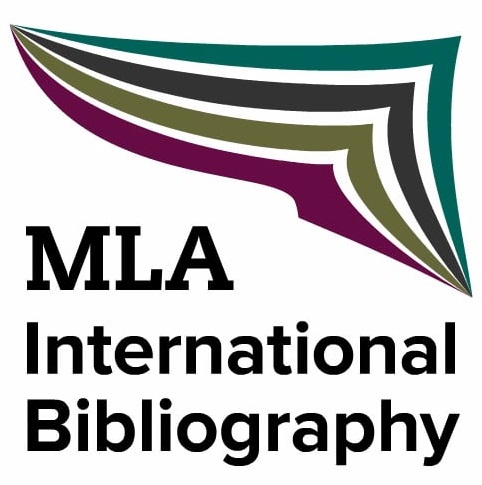The Many Faces of Sylvia Plath: Photographs in Literary Biographies
DOI:
https://doi.org/10.13135/2281-6658/3449Keywords:
Sylvia Plath, Literary Biography, Comparative Biography, Confessional Poetry, Cultural MemoryAbstract
Biography—unlike fiction—is a referential genre (Lejeune 1994, 39-40), it constantly refers to a kind of truth or reality that lies outside the textual level. Photographs in biographies function as powerful referring devices, because, as Roland Barthes (1980) put it, the essence of the photograph is “ça-a-été” (120). Regardless of this evidential character, photographs do not usually stand for themselves in biographies. They need description and textual explanation and are, thus, reduced to a merely illustrative function. This paper analyses photographs in four biographies on Sylvia Plath, who is the subject of more than 20 different literary portraits. It shows that there is a strong emphasis on Plath’s private life on the one hand, and a lack of Plath’s craft and public life on the other. By using Marita Sturken’s (1999) concept of “cultural memory” (178), this article argues that a strict differentiation between public and private cannot help us read and understand the photographs in Plath’s biographies.Downloads
Downloads
Published
Issue
Section
License
Authors keep the copyrights for their work and give the journal the work’s first publication copyright, which is at the same time licensed under a Creative Commons License – Attribution, which in turn allows other parties to share the work with an acknowledgement of the work's authorship and initial publication in this journal.
Content Licence

You are free to copy, distribute and transmit the work, and to adapt the work. You must attribute the work in the manner specified by the author or licensor (but not in any way that suggests that they endorse you or your use of the work).
Metadata licence

CoSMo published articles metadata are dedicated to the public domain by waiving all publisher's rights to the work worldwide under copyright law, including all related and neighboring rights, to the extent allowed by law.
You can copy, modify, distribute and perform the work, even for commercial purposes, all without asking permission.






